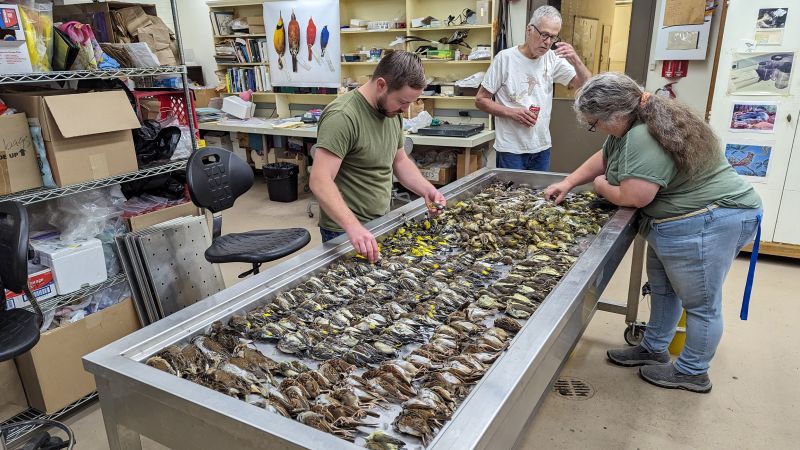- cross-posted to:
- cityofchicago
- cross-posted to:
- cityofchicago
In just one night, more than a thousand migrating birds died after crashing into a single building in Chicago, due to what experts say was a deadly combination of migration season, difficult weather, and a lack of “bird-friendly” building measures.
Philadelphia has dimmed its skyline after a ‘mass collision’ killed thousands of migrating birds
The Chicago Field Museum collected more than a thousand dead birds that had collided with the McCormick Place Lakeside Center, a convention center located on the shore of Lake Michigan, Wednesday night into Thursday morning, Annette Prince, director of Chicago Bird Collision Monitors, told CNN.
Volunteers working with Chicago Bird Collision Monitors collected an additional thousand dead birds from the city’s downtown area, said Prince. And there were likely more birds that flew away after colliding into a building but later died of their injuries, she said.
“It was overwhelming and tragic to see this many birds,” Prince said. “I went to a building where, when I walked up to the building, it was like there was just a carpet of dead and dying and injured birds.”
A combination of factors likely contributed to the extraordinary number of deadly collisions, Prince said.
There was a particularly high volume of birds set to migrate south for the winter that night. The birds had been waiting for winds from the north or west to ease their journey. “Those birds essentially piled up,” Prince said. When the right winds arrived on Wednesday, a large number of birds set off for their migration at once. Additionally, “there were foggy and low cloud conditions, which can bring them into confusion with lights and buildings,” Prince said. The clouds likely caused the birds to fly at a lower altitude, bringing them closer into contact with buildings. McCormick Place in particular “is one of the first buildings birds encounter as they move along Lake Michigan,” she said.



It didn’t have to be this way